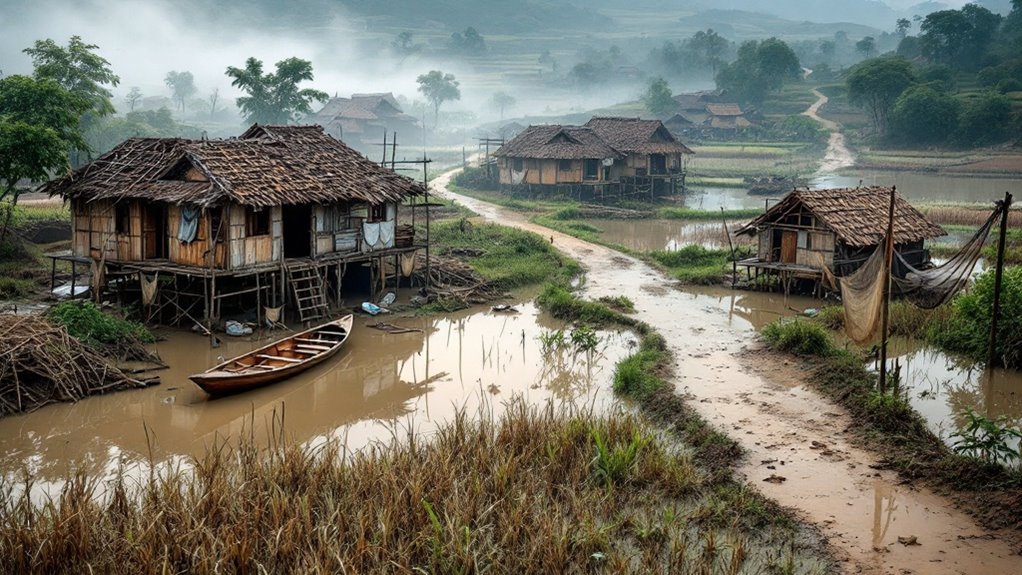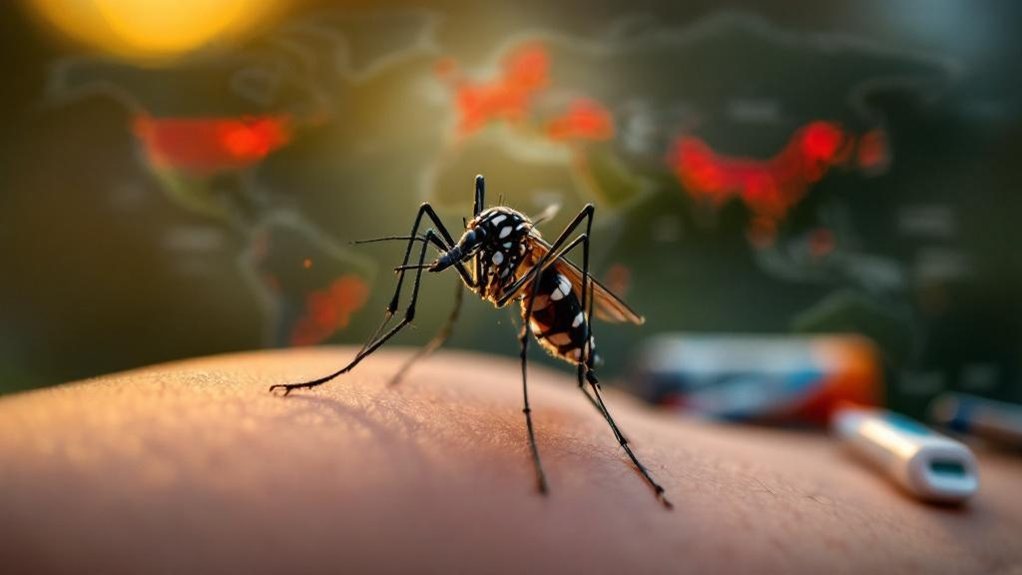Local villages in northern Laos continue to struggle after recent flood relief due to lingering issues such as widespread crop destruction, damaged infrastructure, and unstable local markets. Despite emergency aid reaching over 28,600 people in provinces like Phongsaly, Oudomxay, and Luang Namtha, families still face barriers to healthcare, safe shelter, and education, as schools and roads remain impaired. Ongoing food insecurity and limited alternative livelihoods highlight persistent vulnerabilities, underscoring the complexity of long-term recovery efforts that follow initial assistance.
After a series of heavy rains and landslides in early September 2024, multiple provinces in northern Laos, including Phongsaly, Bokeo, Oudomxay, and Luang Namtha, experienced severe flooding that disrupted daily life and damaged essential infrastructure. The flooding was primarily caused by persistent and intense rainfall, compounded by landslides in mountainous regions, which blocked roads and isolated several communities. Such disasters are not uncommon in the region, which is seasonally vulnerable to extreme weather, and this event mirrored flooding in neighboring countries like Vietnam, Cambodia, and Thailand. Recent Flood Events in Laos have shown that these weather patterns are becoming more frequent and severe, increasing the vulnerability of local populations.
Immediate relief efforts were coordinated by the Lao Red Cross and the International Federation of Red Cross and Red Crescent Societies (IFRC), who provided emergency rescue, clean water, food, and cash grants to over 28,600 affected people, including vulnerable groups such as the elderly and children. IFRC allocated CHF 500,000 from its Disaster Response Emergency Fund to address urgent needs.
However, logistical challenges emerged, as damaged infrastructure and remote locations made the delivery of aid difficult, resulting in some households experiencing delays in receiving assistance. The assessment team conducted village-level surveys and focus group discussions to ensure that data collection reflected the actual needs and experiences of local communities.
A detailed Flood Needs and Early Recovery Assessment identified critical gaps in food security, health, water, sanitation and hygiene (WASH), education, protection, shelter, and early recovery. Village-level assessments revealed varying priorities, with many families requiring shelter repair or reconstruction and others needing urgent food support due to widespread crop loss.
The destruction of rice fields, a primary source of income and nutrition, forced many families to seek alternative livelihoods, such as foraging for wild products. However, price instability in local markets and further impacts on livestock exacerbated economic uncertainty.
Despite the influx of aid, significant challenges persist. Food insecurity remains high, and many communities lack adequate healthcare and protection services. Education has been disrupted, with flood-damaged schools affecting student attendance.
Recommendations from assessment reports stress the importance of coordinated recovery efforts and resilience building. While some communities have initiated saving and investment activities to buffer against future risks, the scale of the disaster and the complexity of recovery underscore why many Laos villages continue to struggle long after initial flood relief.









